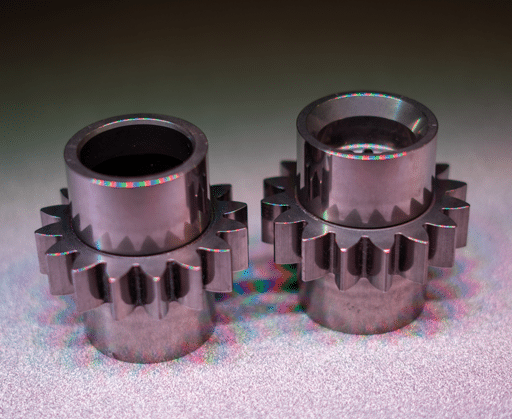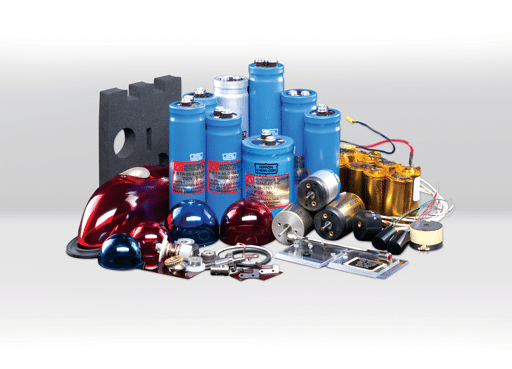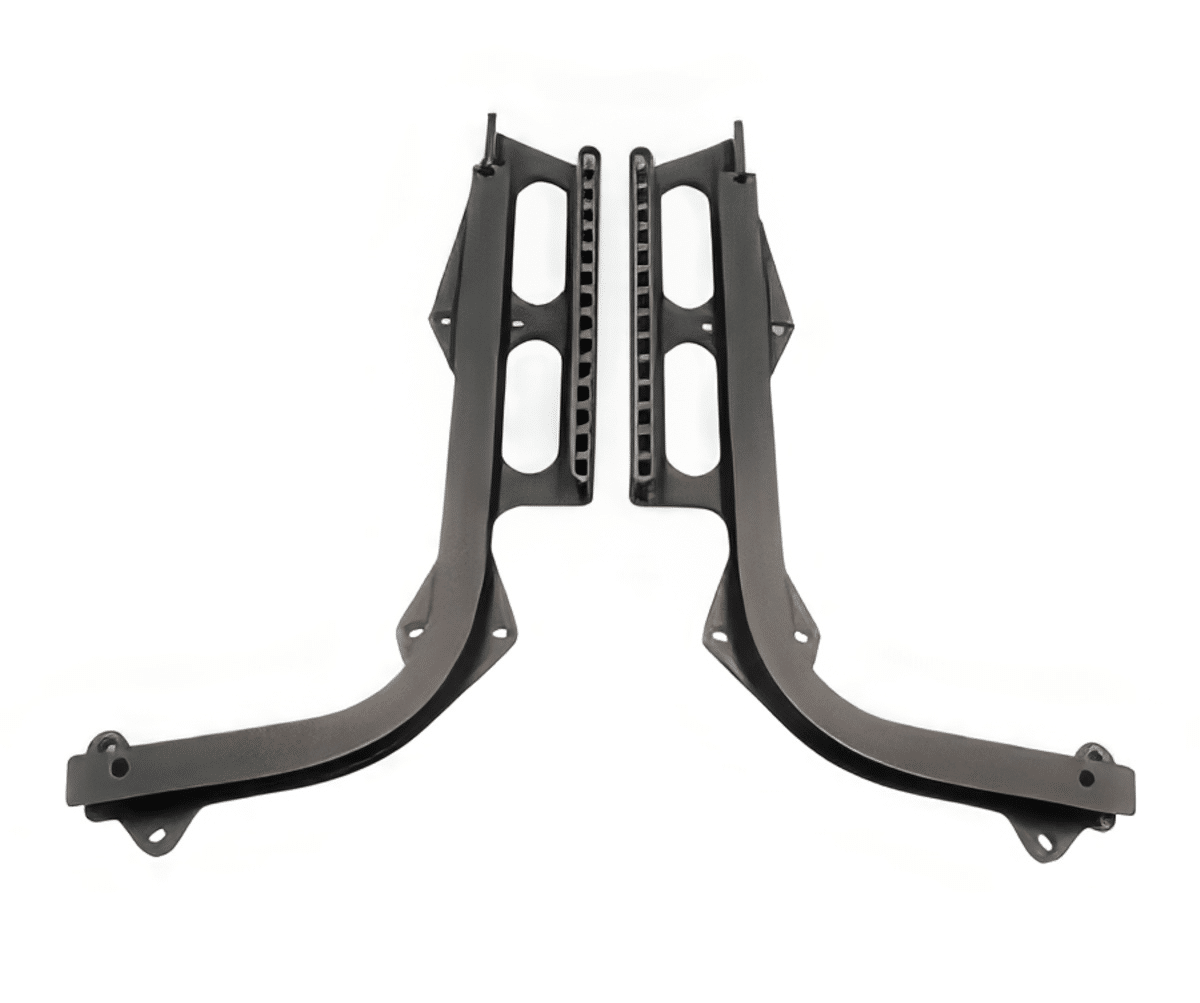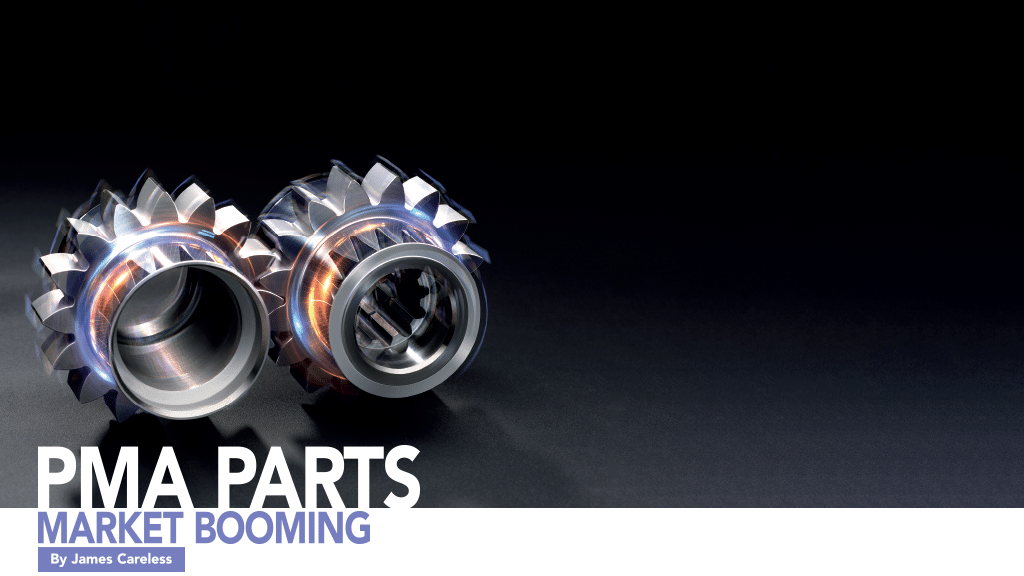In the world of commercial aviation, PMA (Parts Manufacturer Approval) manufacturers play a crucial role in ensuring the safety and efficiency of aircraft by keeping them flying with high quality parts. Because these parts are not made by Original Equipment Manufacturers (OEMs) like Airbus and Boeing, they cost less to buy. However, because PMA parts have been certified by aviation authorities such as the FAA and EASA, they are just as safe and reliable as OEM parts — if not more so!
As airline travel recovers in the wake of Covid-19, the demand for cost-effective, high performance aircraft parts just keeps growing. This has led to a boom in the PMA parts markets as manufacturers do their best to keep up with demand and their customers’ need for parts on a timely basis.
So what are the trends and challenges in the booming PMA parts market these days? To find out, Aviation Maintenance spoke to a number of industry experts. Here is what they told us.
Cost Not the Only Factor
Historically, the lower cost of PMA parts has been the big reason for airlines and MROs to use them. But as Bob Dylan once said, ‘the times they are a-changin’.

President, MARPA
“Today, I am hearing from a lot of the buyers that cost is no longer even an issue,” said Jason Dickstein, president of the Modification and Replacement Parts Association (MARPA). “Saving money is not what they’re interested in. Instead, a lot of them are buying PMA because of availability or reliability.”

COO, First
Aviation Services
Dickstein’s view is echoed by Paul Bolton, chief operating officer with First Aviation Services (FAvS). “Buying decisions are often not made on cost but on parts availability and safety track record,” he said. “The reduced cost is generally just a bonus.”

President,
Jet Parts
Engineering
This doesn’t mean that airlines and their MROs have stopped caring about cost control, because they still do. “Maintenance accounts for 5-15% of an airline’s operating costs and is one of the few levers they can use to manage short- to mid-term costs,” said John Benscheidt, president of Jet Parts Engineering. “This has traditionally been the driver for use of PMA, but more recently the airlines have been looking to PMA to ease supply chain delays and help keep their legacy aircraft flying as delays in new aircraft delivery continue. As a result, we see an increase in PMA acceptance that is outpacing the overall growth of MRO.”

VP, Heico
“One big development has been the renewed life of older aircraft and engine models,” agreed Patrick Markham, vice president of technical services at HEICO. “There were some fleets that we expected to be retired that are now undergoing another round of maintenance and will continue to fly. [At the same time] We are expanding our offerings to include the new-generation fleets, including the Airbus A320neo and Boeing 737 MAX.”

VP, Aviation
Technical Services
At Aviation Technical Services (ATS), vice president of engineering solutions, Ben Tschirhart, observed that “we are seeing more and more airlines showing interest in PMA use, including some that previously indicated they wouldn’t use PMA or didn’t see a need for it. This increased interest often coincides with the expiration of long-term pricing agreements that tend to overlap with the start of very heavy C-checks. As such, there is an influx in demand volume at a time when supply chains are constrained and prices for parts have increased significantly.”
Even though the Covid-19 pandemic seems to be over, its impact is still affecting the aviation maintenance market — to the benefit of PMA manufacturers. “Since Covid-19, we are seeing wider PMA acceptance by airlines/customers,” said a spokesperson with Aviation Component Solutions (ACS). “Additionally, we are seeing the OEM supply chain network failing, causing the end item customers to reach out to the PMA marketplace to fill this void. In some cases, we have reason to believe the OEMs are likely purchasing PMA parts to solve their supply chain issues. Additionally, we are seeing the freight airlines both requesting and approving PMA engineering technical packages more aggressively than ever before.”

Opportunities for New PMA Parts Abound
The trends cited above are driving the PMA market, and motivating PMA manufacturers to identify new areas for sales. For instance, “we have noticed a lot of PMA providers putting more focus on interior parts,” the ACS spokesperson said. “Additionally, we see providers getting more aggressive and migrating into areas, like electrical parts/components and sensing devices.”
”I think there are lots of exciting opportunities out there,” said Bolton. A case in point: “We’ll see a growth in system alternatives as platforms that were expected to twilight have continued to operate with lessening OEM support,” he told Aviation Maintenance. “We could also see an increase in critical part support as the PMA community grows in size and complexity.”
Older aircraft that are being under-served by their OEMs continue to provide opportunities for the PMA industry. In particular, “PMA manufacturers are developing new parts for old fleets that the OEMs have stopped supporting because they are focused on the new fleets,” says Markham. At the same time, “PMA manufacturers will also develop new PMA parts for the new fleets in areas where they have had good results in the prior generation.”
In a bid to come up with new products, ATS is picking the brains of its own technicians. Specifically, “we sponsor an internal Ideas Program where ATS technicians are encouraged to submit parts to our ATS engineering department that they believe would be a good candidate for PMA development,“ Tschirhart said.

Old Parts Not Going Away
At the same time that PMA manufacturers are on the hunt for new parts opportunities, their existing PMA parts continue to be strong sellers. In fact, industry experts say that they are not seeing a widespread decrease in demand for older PMA products.
“I’m not aware of any drops in demand,” said Dickstein. “If I had to guess, older aircraft or those weaned from the fleet — the parts for them might see declining demand. But I’m not really aware of any places where things are cutting back.”
“To be honest, we haven’t really had any areas with declining demand,” Bolton said. “On the whole we are supporting more mature aircraft platforms, or platforms with fairly unstable supply chains, so we’ve been able to continue our sales in these areas.”
Benscheidt also agrees there has not been a decline. However, there has been a shift from regional to mainline aircraft parts sales,” he said. “Shortly after Covid-19 hit, regional aircraft took the place of many larger aircraft routes, so maintenance was more extensive on those fleets. This shift back to larger aircraft seems to be a normalizing of that trend.”
Going forward, there are some older PMA parts categories likely to eventually experience declines in demand. For example, “there are certain aircraft types in the process of being retired that will lead to a decrease in related PMA demand, such as the MD-11s in use at a couple of freighter operators, as well as older generation narrow-bodies,” said Tschirhart. “As new aircraft become available and replace some of the aging, less-efficient aircraft types, we would expect this trend to continue leading to some degree of obsolescence.”
According to the ACS spokesperson, this likelihood is beginning to affect the sale of older Boeing PMA parts, namely “737 Classic parts. Additionally, we have seen a decrease in demand from passenger airlines for the 757 and 767,” they said.

Supply Chain Issues Remain
As much as PMA manufacturers are solving supply chain issues for their clients, they themselves are dealing with similar headaches.
“Supply chain issues since Covid-19 continue to be problematic,” said the ACS spokesperson. “Both labor and material shortages have been the biggest culprits. They seem to be getting worse, not better. Though we do not seem to have the problems the OEMs are feeling, we are seeing some delays in delivery as a direct result of the pandemic. [To cope] We are purchasing larger lot sizes and ordering earlier than we typically would to ensure continuous support to our customer base.”
Unfortunately, some of the supply chain issues — like rising prices — being faced by PMA manufacturers have less to do with the pandemic and more to do with human greed.
A case in point: “I have a number of MARPA members who were very committed to the American supply chain before Covid-19,” Dickstein said. “One CEO in particular was talking to me about the fact that he has always bought American steel. But when we imposed tariffs on Chinese steel, he noticed that instead of the American steel producers just producing more steel and selling more to capture that excess market, they simply raised their prices so that they were the equivalent in price to Chinese steel.”
This being said, most current PMA supply chain challenges are tied to the fallout caused by the pandemic itself, rather than cynical profit-taking afterwards.
“The main issue at the moment is the increased requirements from the large OEMs flooding the PMA manufacturing base with orders, thus making it difficult for the smaller OEMs and component suppliers to find slots,” said Bolton. “As we’ve continued producing products throughout Covid-19, we’ve been able to build a strong relationship with our supply chain [to minimize this problem]. We also try to use smaller, more specialized manufacturers who are less susceptible to cyclic variations in capacity.”
In a general sense, supply chain pressures have eased from a year ago, but the system is still under pressure. “We predict that this strain will last for another 12 to 18 months,” Benscheidt said. “Labor and raw material availability are primary drivers causing these disruptions. Fortunately, PMA providers are typically nimbler than the OEMs when it comes to supply chain management. So Jets Parts Engineering has been able to make adjustments to our reorder planning, sourcing and manufacturing schedules to alleviate some of these pressures to ensure we have parts ready to ship when our customers need them.”
ATS is another PMA manufacturer dealing with supply chain challenges. “We have a robust PMA supply chain pipeline, but turn times on receiving some materials have increased during the last few years, as has the cost of goods,” said Tschirhart. “Extrusions, paints, titanium, and plastics fall into this category. We anticipate this to continue in the near term as suppliers work through labor and raw material shortages that are largely driven by upstream constraints. Partnering with our heavy maintenance customers allows us to anticipate and plan for associated PMA requirements, minimizing span time disruptions and helping with cost when able to purchase in bulk quantities.”
Of course, PMA manufacturing isn’t the only sector grappling with supply chain delays, which is good for this industry’s business. “Some airlines have come to the PMA industry to solve a short-term supply chain challenge, and then realize the benefit of a lower-cost second source,” Markham said. “We have even had OEMs contact us directly to gauge our ability to support the general market when they cannot.”

The Future Looks Bright
Supply chain issues notwithstanding, everything indicates that the PMA market will remain strong in the years to come, thanks to the growth of airline traffic and the need for them to maintain an increasing number of aircraft, both new and old. This is why John Benscheidt predicts that “PMA market will continue to outpace the overall MRO market growth as increased adoption of PMA parts occurs and supply chain pressures continue.”
The reason he expects growth to continue is because newcomers to PMA products who start small tend to become enthusiastic users over time. This is because such newbies tend to come for the competitive prices of PMA parts, and then stay for their reliability and high quality.
“Initial PMA programs at airlines who have never used these types of alternative parts will typically start with interior parts, then expand into acceptance of airframe, components, and engine parts. We expect this trend to continue but at a faster rate,” said Benscheidt. “Lessor acceptance of PMA parts will fuel PMA adoption as well. As fleets age and the anticipated resale market narrows, lessors become less restrictive about PMA in specific segments such as expendable, non-engine components. Ultimately, it’s the airlines driving the industry: they want a competitive market to keep the OEMs in check while maintaining availability, safety and reliability. PMA companies will continue to be a path for airlines to do this.”
Granted, this is a very upbeat assessment about the future of the PMA industry. But it is one that is based on the many problems that PMA parts solve for their users.
“More airlines are becoming open to PMA use as they work to meet the maintenance and reliability needs of their fleet,” Tschirhart said. “As this interest grows and feeds the PMA houses, we expect to see more proliferation of parts to the market. The big driver here, though, is parts availability and customer service. As long as the PMA houses provide superior customer responsiveness, ATS expects PMA use to continue to grow and remain strong into the future.”
“The PMA parts industry is driven by airline demand,” agreed Markham. “As the airline and lessor PMA acceptance continues to expand in both depth and breadth, PMA parts will continue to support the older fleets as parts are being developed for the new generation fleets.”
Such is the growing level of acceptance of PMA parts in commercial aviation, that some airlines are forming partnerships with PMA manufacturers.
“These airlines reach out to some of their PMA partners and very actively feed them projects,” Dickstein said. “They’re doing internal studies to figure out ‘where our reliability issues are, where is our unplanned maintenance coming from, and how do we get around that?’ They then take this data to their PMA partners for solutions.”
The takeaway: “Present market conditions are opening people’s eyes to the PMA alternatives out there, which can only be a good thing,” said Bolton. “Leasing companies and airlines who traditionally would not consider PMA now must consider their options to avoid AOG (Aircraft on Ground) situations. This gives the PMA community the opportunity to showcase their reliability and safety track record, which can only help to grow the market.
The bottom line: “We believe the demand for PMA parts will increase, with greater worldwide acceptance,” the ACS spokesperson concluded. “Due to slowdowns during the pandemic and a higher number of daily flights now, ACS believes that we will continue to see an uptick in demand.”
